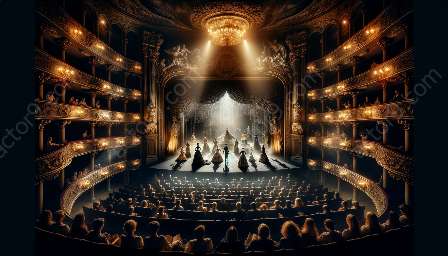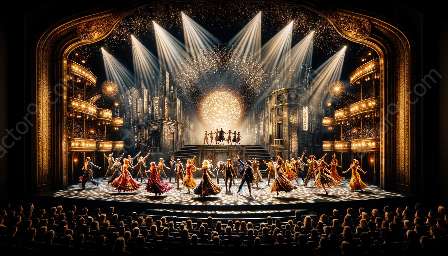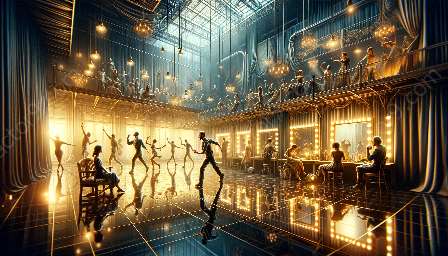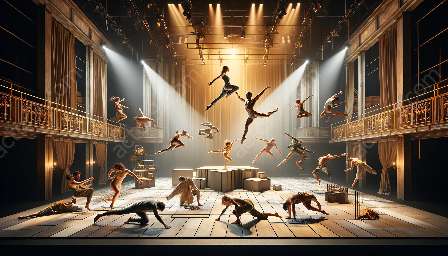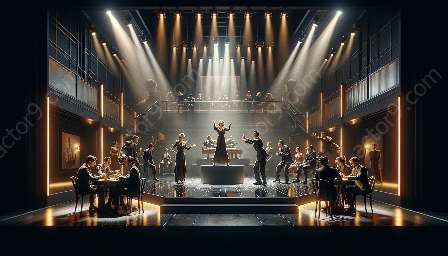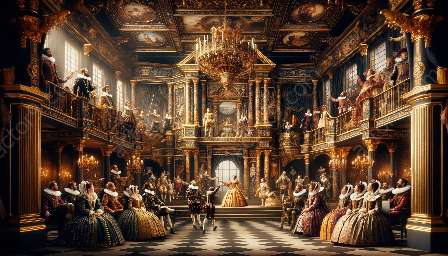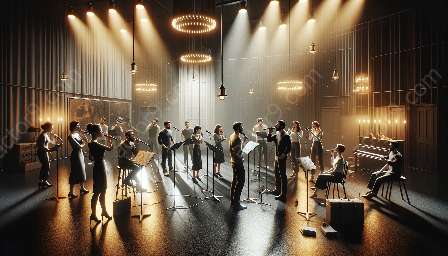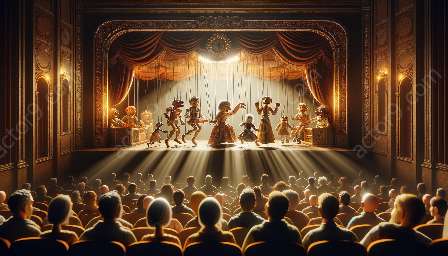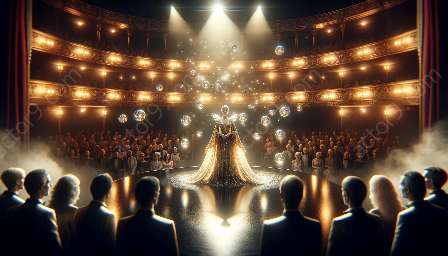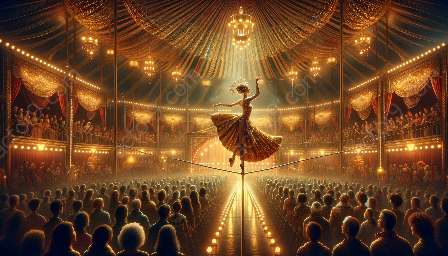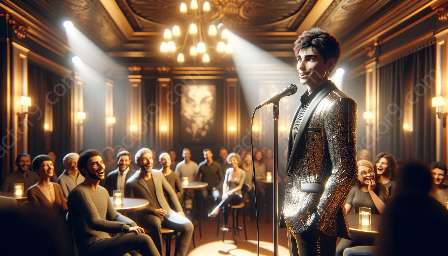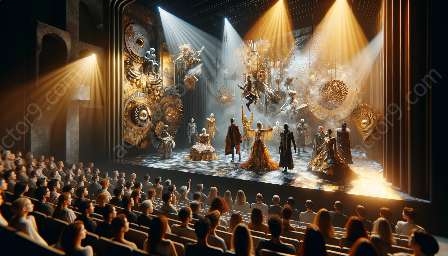Acting techniques are essential for creating believable, compelling characters in the performing arts. From classic methods like Stanislavski's system to modern approaches like method acting, this topic cluster delves into the diverse strategies used by actors to bring their roles to life.
The Fundamentals of Acting Techniques
Before delving into specific acting techniques, it's important to understand the basic principles that underpin the craft of acting. These fundamentals include:
- Emotional Awareness: Understanding and expressing genuine emotions is a cornerstone of effective acting. Actors must be in tune with their own emotions and be able to tap into a wide range of feelings to portray characters authentically.
- Character Analysis: To embody a character convincingly, actors must analyze the motivations, background, and behavior of the roles they are portraying. This in-depth exploration helps actors create multi-dimensional and relatable characters.
- Physicality and Voice: An actor's body and voice are powerful tools for conveying emotions and storytelling. Acting techniques often include exercises to enhance physical expression and voice modulation.
Stanislavski's System: The Foundation of Modern Acting Techniques
Developed by Russian actor and theatre director Konstantin Stanislavski, the Stanislavski system revolutionized the way actors approached their craft. At the core of his method is the concept of emotional truth, where actors strive to convey authentic emotions on stage. Key elements of Stanislavski's system include:
- Emotion Memory: Encouraging actors to recall their own personal experiences and emotions to connect with their characters' feelings.
- Given Circumstances: Emphasizing the importance of understanding the contextual background and environment in which a character exists.
- Objective and Super-Objective: Guiding actors to define their characters' specific goals and long-term motivations, shaping their portrayal of the role.
- Affective Memory: Similar to Stanislavski's emotion memory, method acting utilizes actors' personal experiences to evoke authentic emotions in their performances.
- Sense Memory: Focusing on sensory experiences and memories to enrich the portrayal of characters and create a deeper connection to the role.
- Physical and Psychological Realism: Striving for an authentic and immersive embodiment of a character's physical and psychological traits.
- Meisner Technique: Based on the principles of spontaneous reaction and truthful behavior, this technique emphasizes listening and responding organically within a scene.
- Viewpoints: Drawing from postmodern and experimental theatre, Viewpoints explores the spatial and physical dynamics of performance, focusing on movement and ensemble interaction.
- Psychophysical Acting: Integrating physical training and awareness into acting, this approach emphasizes the interconnectedness of the body and mind in performance.
- Character Development: Employing various techniques to fully understand and embody a character's motivations, emotions, and physicality.
- Rehearsal and Experimentation: Using acting techniques during rehearsals to explore different interpretations of a character and refine the portrayal through experimentation.
- Emotional Authenticity: Striving to convey genuine emotions and truthful performances, drawing from the rich emotional palette provided by acting techniques.
Method Acting: The Modern Evolution of Acting Techniques
Method acting, popularized by practitioners such as Lee Strasberg and Stella Adler, expanded on Stanislavski's ideas and integrated psychological and emotional immersion into the portrayal of characters. Some key components of method acting include:
Contemporary and Alternative Acting Techniques
Modern acting techniques continue to evolve, with diverse approaches emerging to meet the demands of contemporary storytelling and performance. Some alternative acting techniques include:
Integrating Acting Techniques into Performance
Actors often combine elements of different acting techniques to create a personalized approach that suits their unique artistic sensibilities and the demands of each role. The integration of acting techniques into performance involves:
Conclusion
Acting techniques are versatile and essential tools for actors working in theater and the performing arts. By understanding and applying different methods such as Stanislavski's system, method acting, and contemporary approaches, actors can enrich their performances and connect with audiences on a deeper level. Whether delving into emotional memory or experimenting with physical and psychological realism, the exploration of acting techniques is a dynamic and rewarding journey for actors committed to honing their craft.

